… Capt. Joshua Slocum, Sailing Around the World Alone, 1899.
Tearing away from land is always a challenge. Even after only a week or so in Mazatlan, it was hard to say goodbye. Our 80+ year-old neighbors in a sailboat they were trying to sell, had become our friends. They hadn’t had the boat out sailing for five years but they were full of stories of when they sailed, anxious to impart their wisdom as they saw their sailing days ending. I loved doing my physical therapy exercises in the pool, and I also really enjoyed the hot tub. But it was time to leave.
We rose early Tuesday morning, March 15, in anticipation of leaving the marina, and we were ready to go before the marina office even opened. So we just had to wait. When the office opened, Rick went up to pay our bill, check out and pick up our laundry from the laundry lady, and I just relaxed, reading a book. All of a sudden, Rick sprung onto the boat and said that they would be operating the dredge in the entrance channel, prohibiting us from leaving until 2 pm when they take a break, unless we leave RIGHT NOW. A few workers accompanied Rick in anticipation of helping us cast off. I didn’t hesitate. We didn’t even get to say a proper goodbye to our neighbors, except to wave as we motored out of the marina.

The dredge partially blocking the channel entrance, forcing boats over towards the breakwater where boaters must power through to combat the force of breaking waves to the south.
It was my turn to take Cool Change out of the slip. It was pretty tense going there for a while, knowing we had to rush, and knowing how challenging the entrance channel can be, especially when the dredge is partially blocking it. With Rick by my side for moral support and guidance, I powered through some pretty big waves getting out into open water, and I found myself pushing our rpm’s up beyond our usual limit.
Once clear of the channel, we both took a big sigh of relief and high-fived. But the moment of relief was fleeting. I looked at Rick and yelled, “Laundry! We forgot our laundry!”
We wouldn’t be back here for months; we couldn’t possibly leave without our clothes and towels! I radio’d the marina. There was no chance we could re-enter; the dredge was already underway. However, a small boat could still get by the dredge. I asked if they could send someone out in a lancha with our laundry. They said yes, but it would be about 90 minutes before someone was available. We reluctantly agreed to wait. But then a panga came motoring by in a hurry, heading north, and we waved them over. I started blurting out in Spanish our predicament. I wasn’t thinking clearly – I guess I thought he would just go in, pick up my laundry and bring it back to us. He asked questions about how far into the entrance he had to go, and I explained it was the marina right inside the breakwater. To my surprise, he said in Spanish, “Ok, hop in!” All of a sudden reality set in. I would be going with him, in that little boat back through that channel with the breaking waves. But I didn’t have time to think more about it; I ran down into the cabin to grab my money, momentarily forgetting all about the pain in my back and leg, and the next thing I knew I was stepping barefoot without a life vest over our lifelines into this little panga.
Reality really set in when I found myself inside the panga. This is a fiberglass boat about 15 feet long that is just a hull and several seats crossing the hull, powered by a strong outboard motor. The bilge spaces between all of the seats were filled to the brim with live fish! The driver told me to sit on the blankets, which were stretched over the fish netting in the aft section of the boat. Everything smelled like fish. I stepped carefully on top of the seats until I could plop down on the blankets. Besides the captain/helmsman, there was another crewman, a young fellow clad from head to foot in yellow waders and rubber boots. They were obviously on their way to market with their fresh catch, with little time to spare. I felt bad that I had even asked to divert them from their livelihood, just to pick up my stupid laundry. How kind and generous was that captain! But as we motored away from Cool Change towards the channel, an even smaller boat came out of the channel heading for Cool Change. Apparently the marina had found a way to send someone out sooner than 90 minutes. So the fisherman turned around and took me back to Cool Change. I gave him a little tip but I wish I had had more small bills to give him more. It was just so remarkable that he would be so kind as to help us. So I hopped back onto Cool Change just in time to pay the marina power boat, get our bag of laundry, and have them both be on their way!
The wind was already kicking up beyond what was predicted for the day, but that was good news: we could sail instead of motor. However, with the wind from the southwest, even on a close haul we could steer no better than off our rhumb line by about 25 degrees. We sailed for about 7 hours, but all the while, the wind kept clocking until we were significantly off course and heading back to the mainland. That was ok, though, since we knew by leaving in the morning that we would have to slow down some to avoid arriving at the next anchorage in the dark, two mornings later. Once the wind died down to below sailable levels, we started motoring directly to our destination of the Bahia de los Muertos, directly NW 190 mm across the Sea of Cortez from Mazatlan.
As the sun set on that first night at sea, we toasted with our usual one shot of “the captain’s rum” to praise a glorious day and foretell a good first night at sea.
The moon was about half full and stayed out till well after midnight. That was a refreshing change from our recent previous passages on moonless nights. The moon helped us to see the faint image of the horizon and made us feel less like we were sailing blind; Rick communed with some dolphins he could see who travelled with us most of the night. (Sometimes you can’t see them; you only know they are with you by hearing when they take a breath). We are never actually sailing blind, though, since we have RADAR and AIS, an automatic identification system on our chartplotter that shows us the location, speed and course of all commercial ships. But the moonlight is comforting in a way that electronics can’t be.
We stuck to our shift schedule both nights – I have the first shift to 11 pm while Rick sleeps as soon as the sun goes down; then Rick keeps watch from 11 pm to 2 am while I sleep, and then I keep watch from 2 to 4 while he sleeps. Then he gets up and I go to sleep until I wake up, or he needs me. We have been trying to work out a schedule we can live with for a while now; I think this one might just do. Of course there always has to be some flexibility too. For instance, I felt it wise to wake Rick up for his opinion when something happened under my watch, so I stayed on watch a little longer so he could get back to sleep. What happened was that suddenly, two radar targets appeared on my screen, one off my port quarter and the other off my starboard bow, each about two miles away, but there were absolutely no lights associated with either. We decided to put both to port by changing course so that if they were fishing line markers, we wouldn’t be on top of the lines! Once I changed course and Rick went back to sleep, even as I passed the radar target only about a half mile off, I still saw absolutely nothing – no light, no buoy, nothing. That was a first. But probably not the last!
On this trip I found myself more active on my night watches and less sleepy. I changed my position in the cockpit every 15 minutes or less, each time, scanning the horizon 360 degrees and then looking at the instruments. Even with the instrument lights turned down to their lowest levels, looking at them ruins my night vision so I keep them for last. I also logged once an hour, recording not only our position but also boat speed and course and wind speed and direction, and a few other items. Rick does more or less the same thing, I guess. But it seemed the time passed more quickly than I remember in previous passages.
Once the moon set, I got out my iPad star app and decided I would try to begin learning some more constellations. Here I was, night after night, starring up at the beautiful starry sky, only able to recognize the Big Dipper, the North Star, the Little Dipper sometimes, Venus sometimes, and Orion’s Belt, which I think looks more like a kite. That’s it. That is all I knew. So I decided I would move the iPad app around in the sky until I saw something that looked recognizable, and learn it. As a result I discovered my first new constellation in a long while: Scorpius. Wow, the tail takes up about half the sky! It is huge! And along with it, I learned how to recognize where Saturn, Mars and Antares are too. If I have a clear, starry sky, I am going to try to learn a new constellation on every overnight passage.
Of course both Rick and I each had our close encounters with big ships on our night watches. Even though I know they can see us on AIS, I like to hail them on the radio just to put them on notice that I don’t intend to be run over. I get them to confirm they see me, how close they intend to approach me, and if I maintain my current course and speed, they will miss me by a safe margin. Sometimes they don’t alter their course to miss us until we call them, like happened with one of the Baja Ferries on our last day.
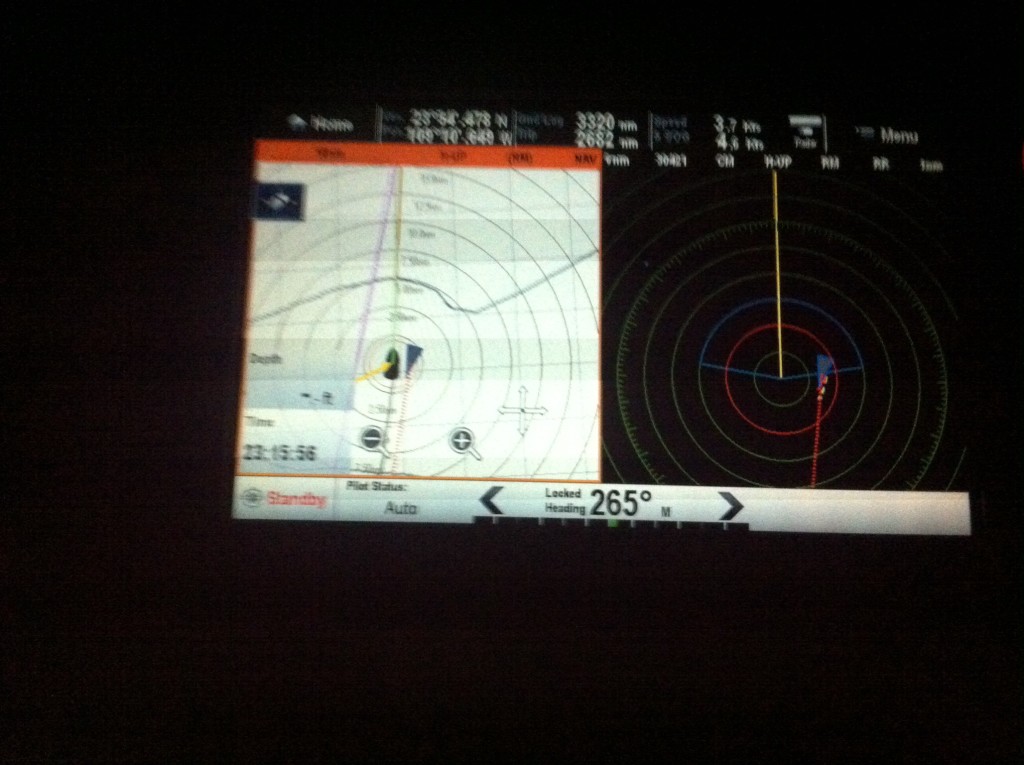
Even though they will miss me by 1.5 miles, it is still a bit intimidating when you know a giant cargo ship is approaching you. Cool Change is the black triangle and the cargo ship is the blue.
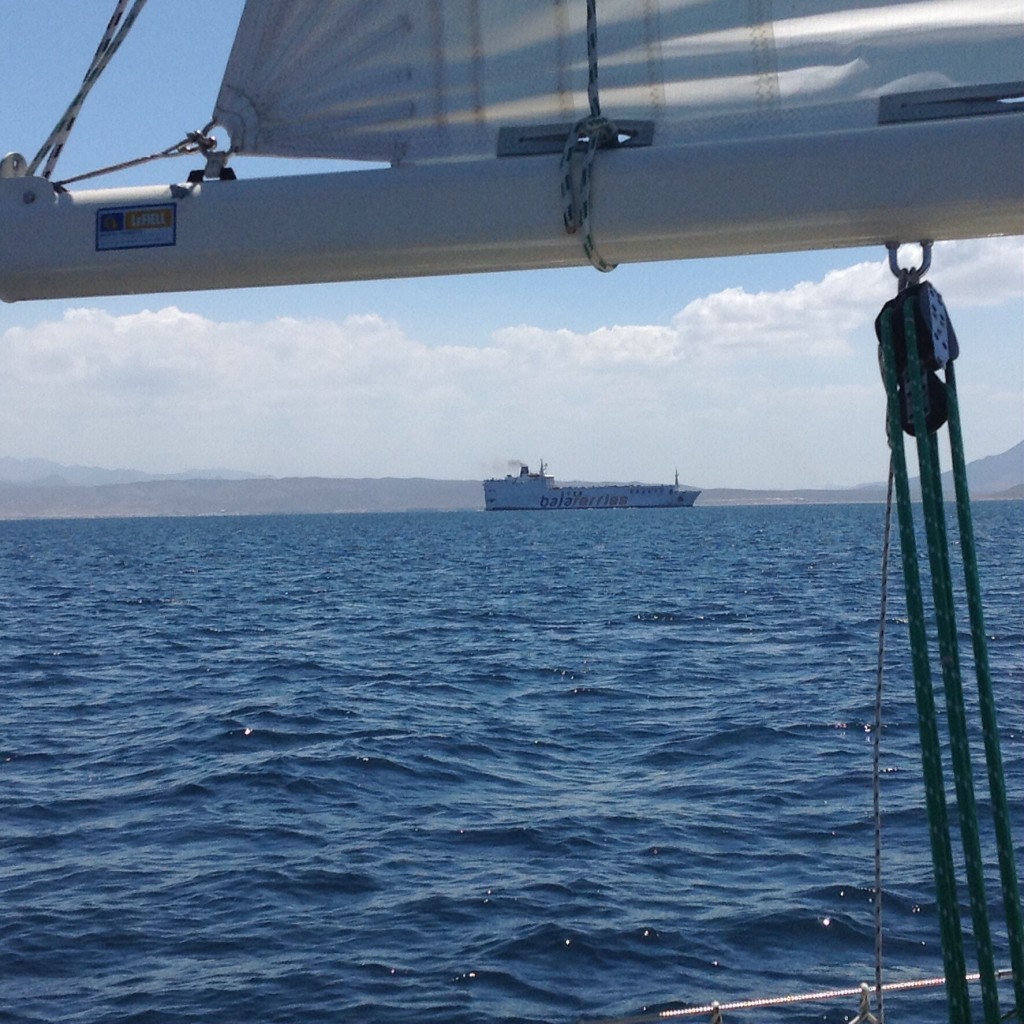
The Baja Ferry from Mazatlan that didn’t alter its course until we hailed them. Originally they were scheduled to come within 900 feet of us!
Inspite of his endless efforts, Rick hadn’t been catching many fish in our recent passages, but this trip broke that trend – he caught 10 of these fish, one after another! They are not,our favorite eating fish so we threw them back, except to make fish tacos out of one. But had we nothing else to eat, we would not have starved.
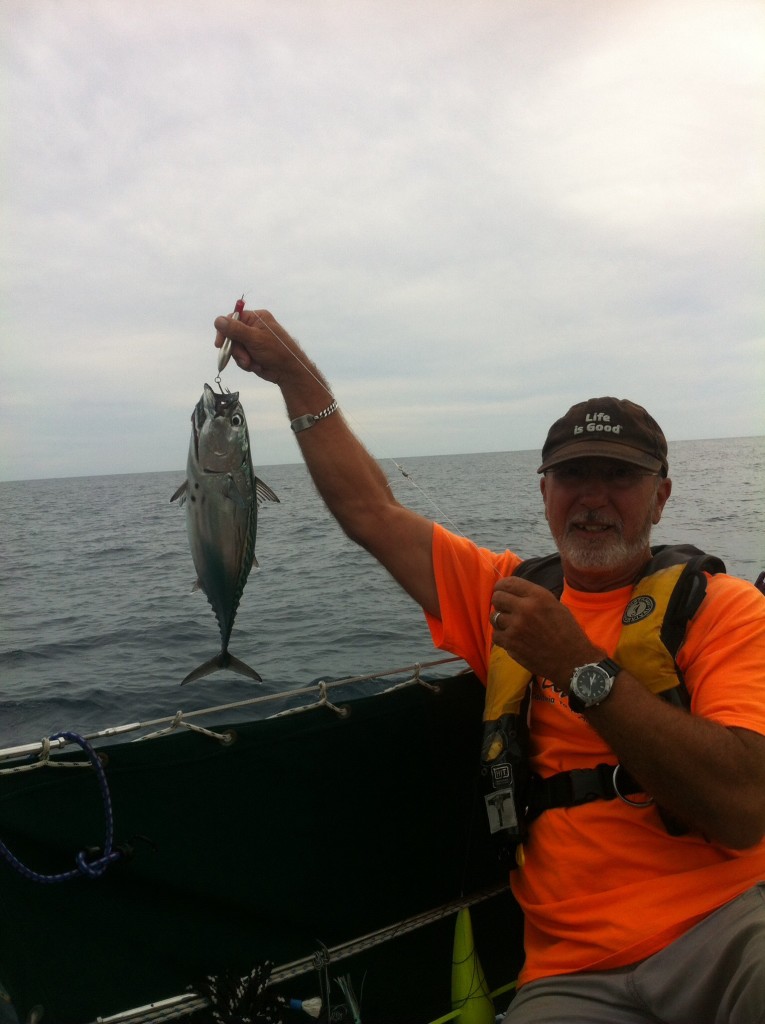
Rick caught ten of these, all on his hand line! We hardly had time to throw the lure back in the water and there was another on the hook! Way to go, Rick!
We found ourselves on the second night at sea, still motoring, and approaching Bahia de Los Muertos too quickly to arrive after dawn. So we slowed the engine down a bit – it made for a quieter sleep and got us there just at daybreak.
We spent the first day in Muertos being really lazy, as intended, catching up on our sleep, taking a shower, and relaxing. Rick got out his lighter fishing reel and cast for some local fish. Ever the optimist, he didn’t catch anything but kept trying, always with a smile.
That whole first day, the anchorage was still and the water like glass. We set our alarm for 5 am to get off to an early start on Friday to La Paz, since it can be a 60 mile trip or so. But mid-evening as we were watching a movie in the cabin, we heard wind rustling through the rigging. It grew and grew, until at one point, Rick clocked the wind at 38 knots – a full gale. Since it lasted all night and was from the west/southwest, we concluded it was probably a local weather phenomenon they call a Coromuel. When we woke in the early morning, it was still blowing hard. We didn’t know if it would continue, and our next stretch of sea, called the Cerralvo Channel, can be treacherous in big winds, so we decided not to leave that day. We sogged another day and night in the Los Muertos anchorage. There is a little restaurant on the beach but we had no way to get there except inflate our dinghy, which we didn’t want to do yet, so we ate beef stew for the fourth night!
We were glad we waited another day to leave – that next night was quiet and peaceful, and the sail to La Paz on Saturday was gorgeous. We sailed almost all the way, turning the motor on only when we got into the La Paz channel. It was miraculous – every time we had a course change, the winds cooperated by shifting their direction to push us along.
Arriving at about 5 pm Saturday, March 19 in Marina de la Paz, we were greeted by a refreshing shower followed by dinner at our favorite big hamburger joint within walking distance down the street. The next day, we had the pleasure of crossing paths with our friends Frank and Susanne from Adventure, for whom we crewed in the 2013 Baja Ha Ha to bring his boat down from San Diego to La Paz.
We plan on leaving La Paz again tomorrow, Thursday, March 24, to sail up and explore islands in the Sea of Cortez for a few weeks. I doubt if we will have much internet during that time. We will return to La Paz in time to fly out of Cabo San Lucas on Saturday, April 22 for the States in order to follow up on some medical issues. Hopefully that will all work out well and we will be back on the water soon after that!


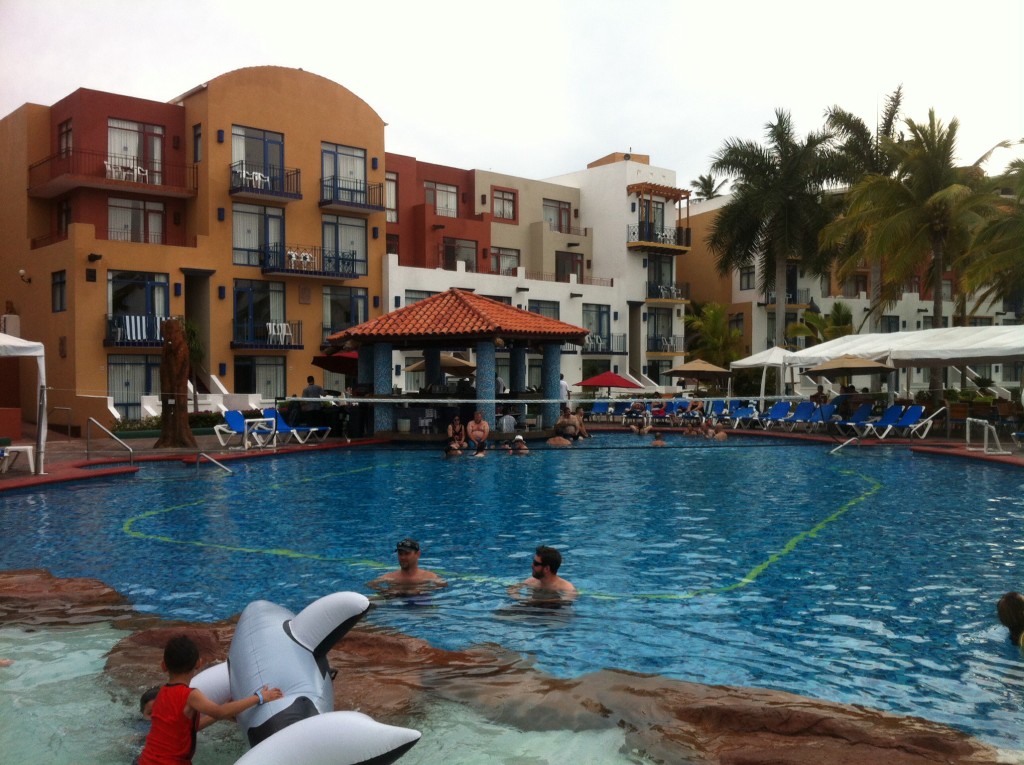

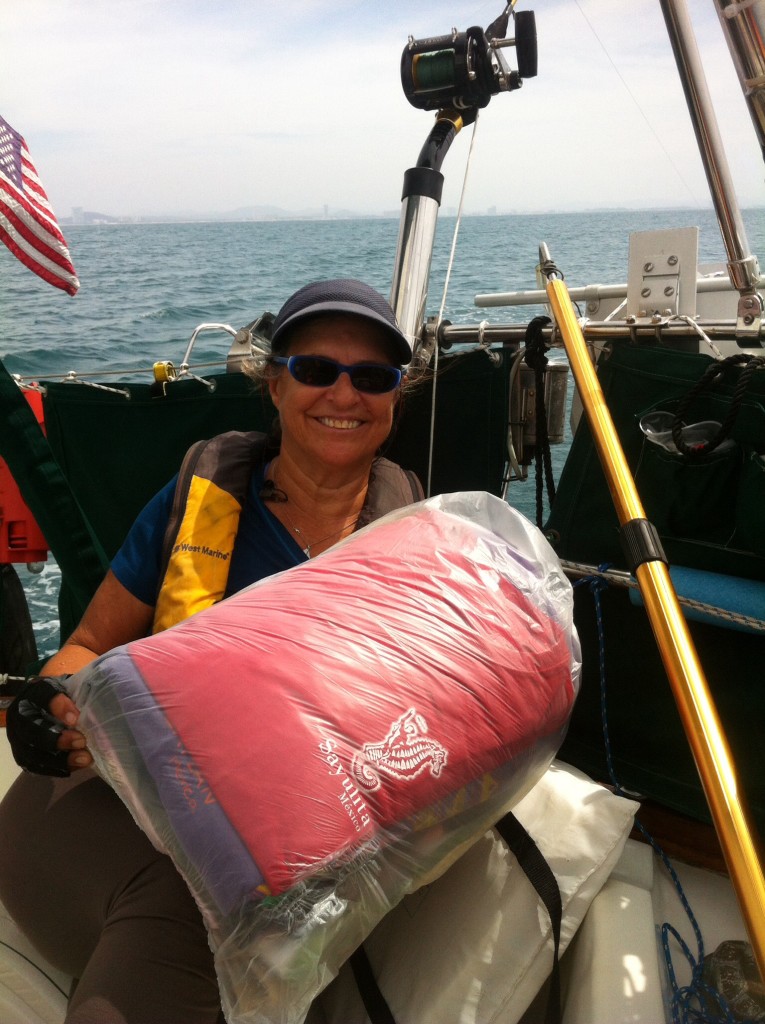
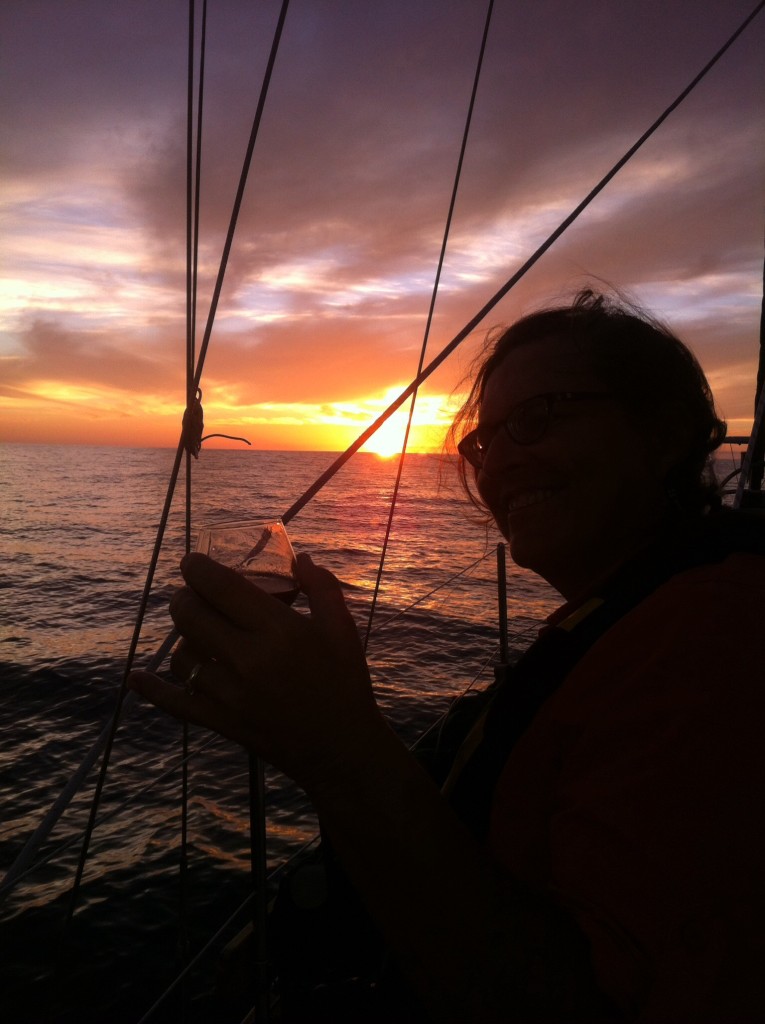

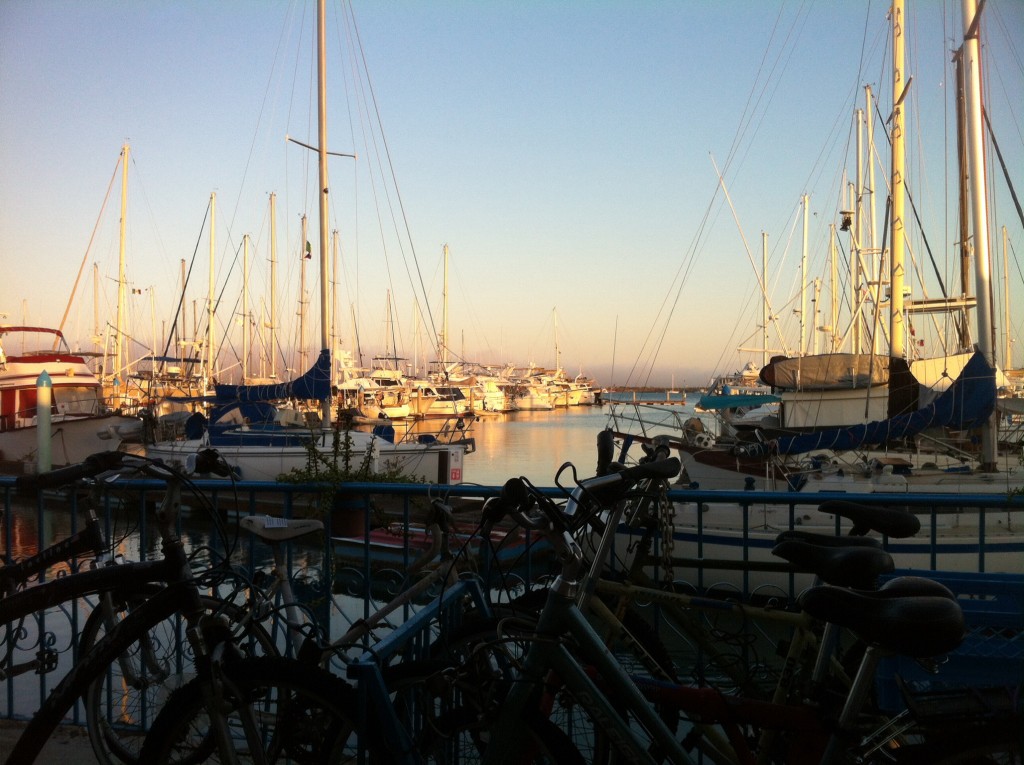
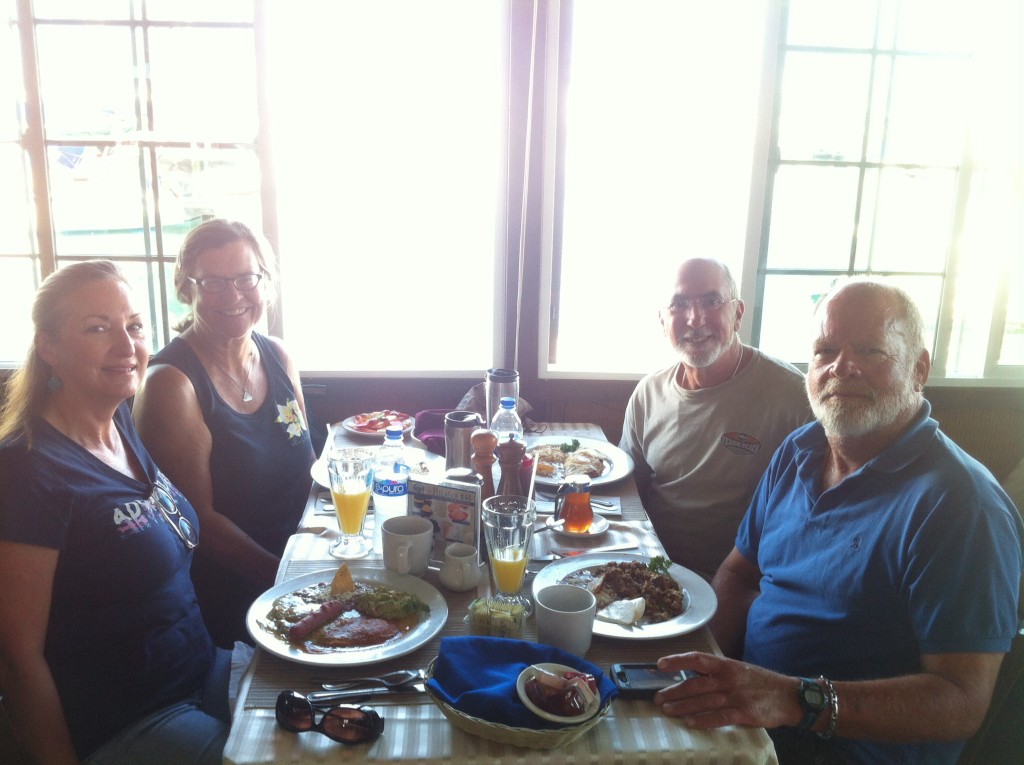
It was good to finely “see” you two again, if only by radio. Slappey waits in Mazatlan to ship, scheduled for next week. Your neighbors on Okoke Chak Chak did sell their boat, by the way, just a few days after we arrived. Cheers, and enjoy the Sea!
John and Mary on Slappey ll